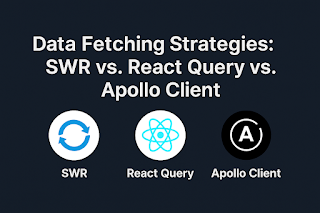Introduction to Infrastructure as Code (IaC) for Front-End Devs

In the fast-paced world of front-end development, the focus is often on building sleek interfaces, optimizing performance, and managing state. However, as applications grow, so do the demands of deployment, scalability, and consistency across environments. That’s where Infrastructure as Code (IaC) comes into play. But wait— why should a front-end developer care about infrastructure ? Let’s break it down. What is Infrastructure as Code (IaC)? IaC is the practice of managing and provisioning computing infrastructure through machine-readable configuration files, rather than manual processes. In simple terms: instead of clicking buttons in a cloud console, you write code (YAML, JSON, or HCL) to define your infrastructure. This code is version-controlled, repeatable, and automated. Popular IaC tools: Terraform (by HashiCorp) Pulumi (supports TypeScript/JavaScript) AWS CloudFormation Ansible (configuration-focused) Why Front-End Developers Should Care You might not be spinning up server...

